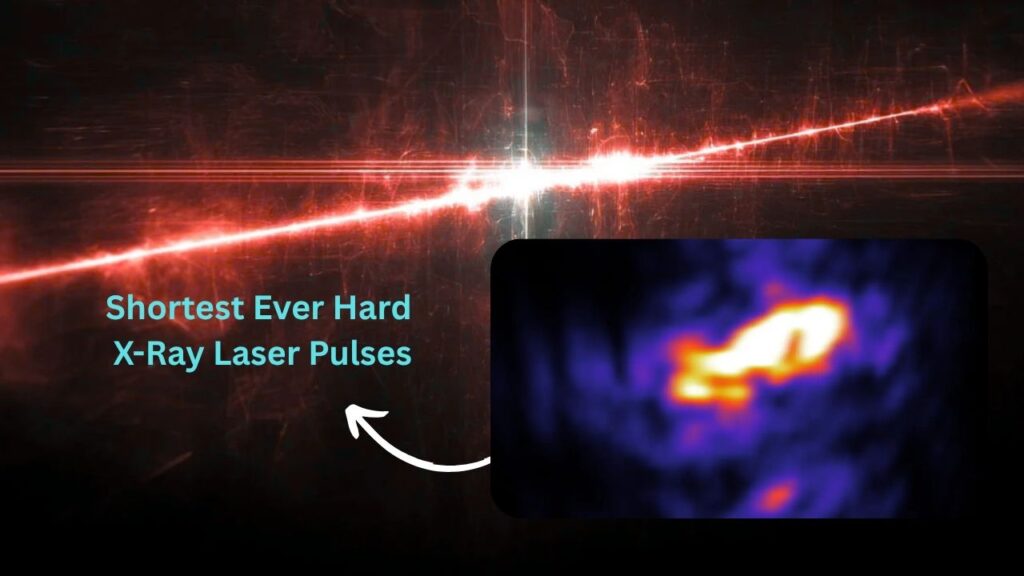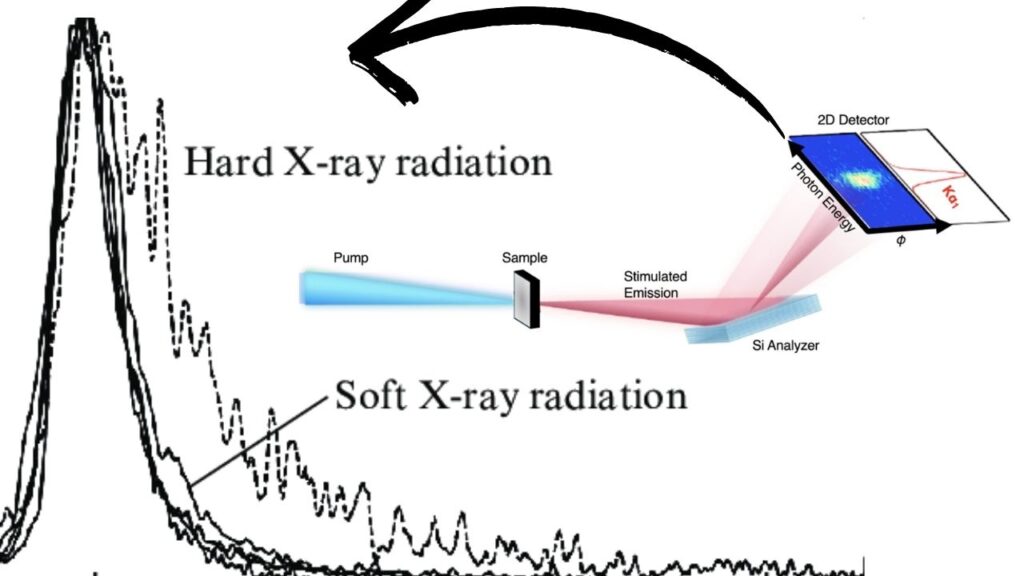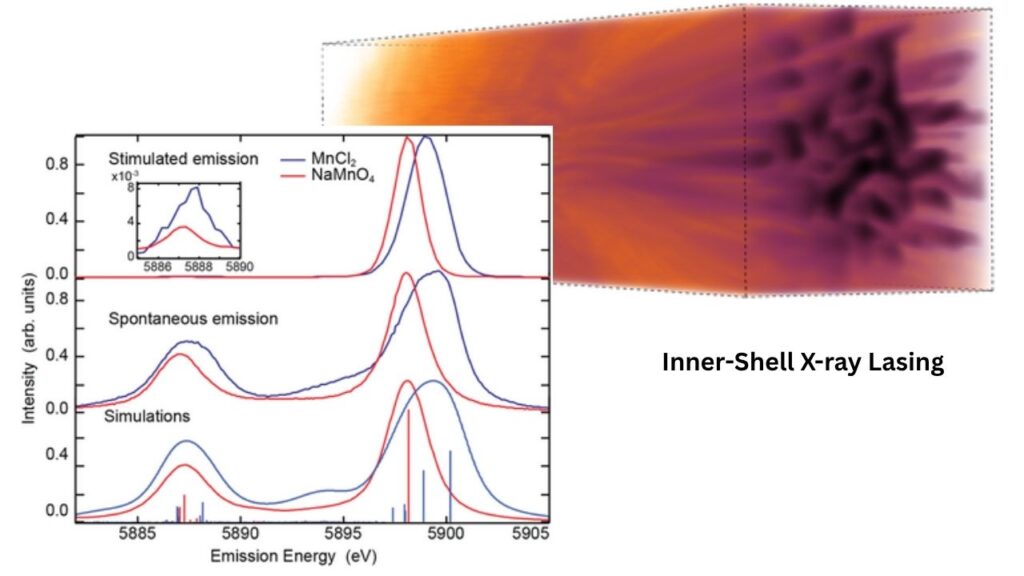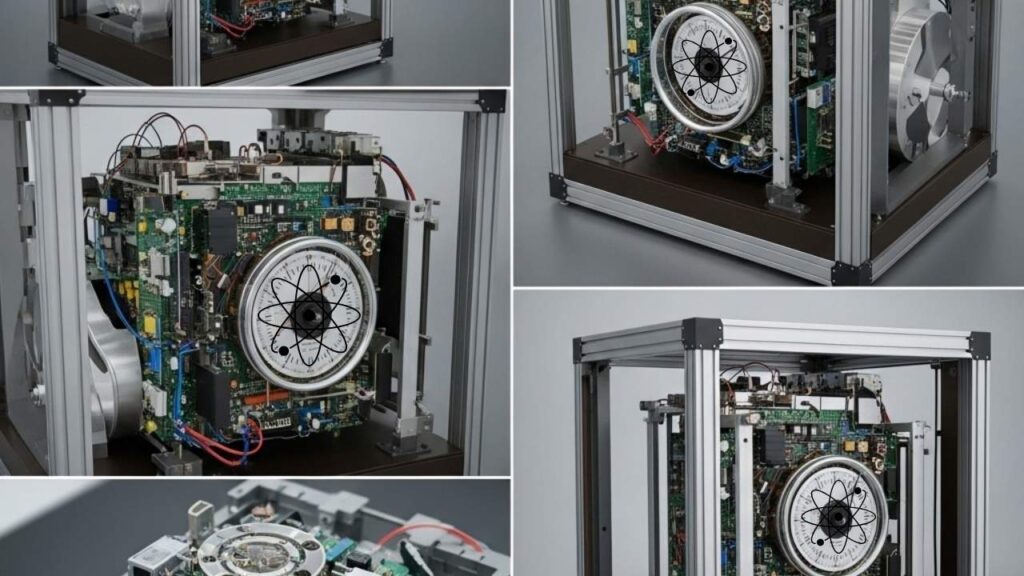Scientists Generate the Shortest Ever Hard X-Ray Laser Pulses: In a breakthrough that’s set to transform how we see the atomic world, scientists have generated the shortest ever hard X-ray laser pulses, opening new frontiers in ultrafast imaging. This achievement, led by researchers at the University of Wisconsin–Madison and major international partners, marks a leap forward for both basic science and practical applications in medicine, materials science, and quantum technology.

Scientists Generate the Shortest Ever Hard X-Ray Laser Pulses
| Feature/Fact | Details |
|---|---|
| Shortest Pulse Duration | Less than 100 attoseconds (1 attosecond = 1 quintillionth of a second) |
| Type of Laser | Hard X-ray laser (atomic X-ray laser) |
| Key Technology | Inner-shell X-ray lasing, XFEL (X-ray free-electron laser) |
| Major Applications | Ultrafast imaging, quantum optics, atomic clocks, medical and materials science |
| Supporting Institutions | University of Wisconsin–Madison, SLAC National Accelerator Laboratory, SACLA X-ray laser, DOE |
| Official Resource | SLAC National Accelerator Laboratory |
The creation of the shortest ever hard X-ray laser pulses—lasting less than 100 attoseconds—marks a new era in science and technology. This breakthrough opens the door to seeing and understanding the fastest, smallest processes in nature. From revolutionizing medical imaging to advancing quantum technology and materials science, the possibilities are vast and exciting. As we continue to push the boundaries of what’s possible, these attosecond X-ray pulses will help us unlock secrets at the heart of matter itself.
What Are Hard X-Ray Laser Pulses?
Hard X-rays are a form of high-energy light with extremely short wavelengths, capable of revealing details at the scale of individual atoms. A laser pulse is a quick, intense burst of this light. The shorter the pulse, the faster the phenomena it can capture.
Attosecond pulses are unimaginably brief—an attosecond is to a second what a second is to the age of the universe. These pulses allow scientists to “freeze” and observe the motion of electrons and atoms in real time.

Why Is This Breakthrough Important?
- Unprecedented Speed: With pulses shorter than 100 attoseconds, researchers can now observe the fastest processes in nature, such as electrons moving inside atoms.
- Sharper Images: Hard X-rays can reveal structures at atomic resolution, helping us see the smallest building blocks of matter.
- Cleaner Data: Traditional X-ray lasers produce messy, inconsistent pulses. The new method produces cleaner, more controlled bursts, making experiments more accurate and reliable.
How Did Scientists Achieve the Shortest X-Ray Pulses?
The Science Behind the Breakthrough
The team used a process called inner-shell X-ray lasing. Here’s how it works in simple terms:

- Excitation: A powerful X-ray pulse hits a material (like copper or manganese), exciting the innermost electrons of its atoms.
- Emission: These excited electrons drop back to their original state, releasing X-ray photons.
- Avalanche Effect: Sometimes, these photons hit other excited atoms, causing a chain reaction—an avalanche of X-ray light, all in the same direction and with the same energy.
By precisely controlling this process and using advanced simulation techniques, the team generated pulses lasting less than 100 attoseconds—the shortest ever achieved for hard X-rays.
Where Did This Happen?
- The experiments took place at world-leading facilities, including the Linac Coherent Light Source (LCLS) at SLAC National Accelerator Laboratory in the USA and the SACLA X-ray laser in Japan.
- The research was supported by the U.S. Department of Energy and involved collaborations across several countries and institutions.
Real-World Applications: Why Should You Care?
1. Ultrafast Imaging
With these pulses, scientists can now make “movies” of electrons and atoms moving, helping us understand chemical reactions, material changes, and biological processes at their most fundamental level.
Example: Imagine watching a chemical bond form or break in real time, frame by frame. This was impossible before, but now it’s within reach.
2. Quantum X-Ray Optics & Atomic Clocks

- These pulses can help develop new quantum technologies, such as more precise atomic clocks and quantum computers.
- By controlling X-rays at the attosecond scale, researchers can manipulate and study quantum effects in new ways.
3. Medical and Materials Science
- Medical Imaging: Sharper, faster X-ray pulses could lead to better, less damaging scans, helping doctors see inside the body with greater clarity and safety.
- Materials Science: Scientists can study how materials respond to stress, heat, or other conditions in real time, leading to stronger, smarter materials for everything from airplanes to smartphones.
Step-by-Step: How Are Attosecond Hard X-Ray Pulses Made?
Step 1: Prepare the Target
- Use materials like copper or manganese, which have suitable inner-shell electrons for excitation.
Step 2: Fire the Initial X-Ray Pulse
- A powerful, focused X-ray pulse excites the inner electrons of the target atoms.
Step 3: Trigger the Avalanche
- Excited electrons release photons as they return to their original state.
- These photons stimulate more emissions, creating a rapid, synchronized burst of X-ray light.
Step 4: Capture and Measure the Pulse
- Advanced detectors and simulations are used to measure the pulse duration and energy, ensuring it’s less than 100 attoseconds.
Practical Advice: How Can Professionals Use This Technology?
- Physicists: Study electron motion and quantum effects in new detail.
- Chemists: Observe chemical reactions as they happen, enabling the design of better catalysts and drugs.
- Biologists: Image proteins and viruses at atomic resolution, leading to new insights into disease and health.
- Engineers: Develop materials with custom properties by understanding their atomic behavior under stress.
For Students and Young Scientists
If you’re interested in this field, focus on physics, chemistry, and engineering. Learn about lasers, X-rays, and quantum mechanics. These are the tools and concepts that will drive the next generation of discoveries.
Physicists Develop Groundbreaking Technique to Encode Secret Messages Using the Laws of Motion
Researchers Synthesize Elusive Cyclic Tri-Phosphirenium Ion, Advancing Main-Group Chemistry
FAQs About Scientists Generate the Shortest Ever Hard X-Ray Laser Pulses
Q1: What is an attosecond?
An attosecond is one quintillionth (1/1,000,000,000,000,000,000) of a second. It’s so short that light itself only travels about the width of a few atoms in that time.
Q2: Why are hard X-ray pulses important?
Hard X-rays have enough energy to see inside atoms, giving us atomic-level images and data. Shorter pulses mean we can capture faster events and get clearer pictures.
Q3: How will this help medicine?
Sharper, faster X-ray pulses could make medical scans safer and more detailed, helping doctors diagnose diseases earlier and more accurately.
Q4: Can these pulses damage what they’re imaging?
Because the pulses are so short, they can capture images before the X-rays have time to damage the sample, making them ideal for studying delicate materials and biological molecules.






